International. The global market for smart homes and buildings (energy efficient, automated) generated $32 billion in 2020, and is estimated to reach $78.2 billion by 2030, with a CAGR of 9.4% between 2021 and 2030, Allied Market Research revealed.
Increasing urbanization and industrialization, benefits such as cost savings and tracking and optimizing energy consumption, and ease of installation drive the growth of the global smart homes and buildings (energy efficient, automated) market. However, the high costs related to the installation and maintenance of these systems limit the growth of the market.
Covid-19 Scenario
Production activities of electronic products and devices used in smart homes and buildings came to a complete or partial halt when the electronics and semiconductor sector came to a standstill during the pandemic due to lockdown measures, unavailability of labor, and supply chain disruption around the world.
Demand from application sectors such as residential, commercial and others was significantly reduced due to the paralysis of construction and maintenance activities during the lockdown. However, demand is expected to recover after the shutdown.
According to the app, the energy management segment had the highest share in 2020, contributing around a third of the total market share, and is estimated to maintain its dominant share by 2030. However, the security and safety segment is expected to register the highest CAGR of 9.7% from 2021 to 2030.
Based on end-use, the commercial segment contributed the largest share in 2020, accounting for more than two-fifths of the global smart (energy-efficient, automated) homes and buildings market. In addition, it is estimated that this segment will manifest the largest CAGR of 9.7% during the forecast period. The report also looks at the residential segment.
By region, North America accounted for the highest share in 2020, with more than one-third of the total market share, and is projected to continue its leadership status by 2030. In addition, this region is projected to account for the fastest CAGR of 9.8% during the forecast period.





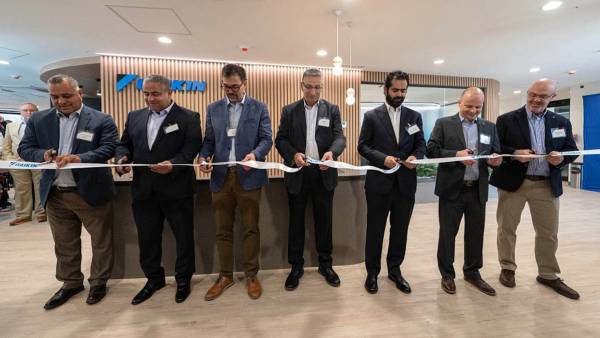
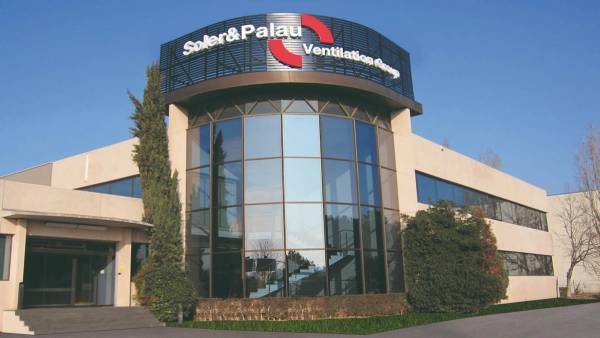


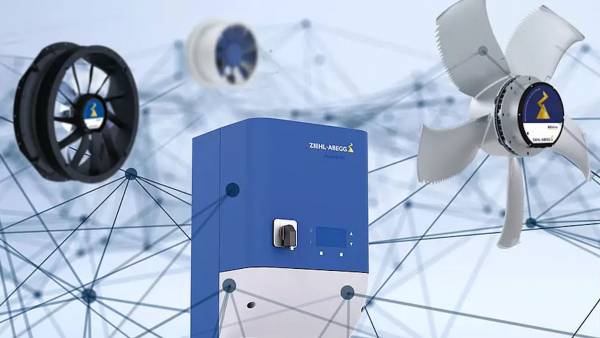
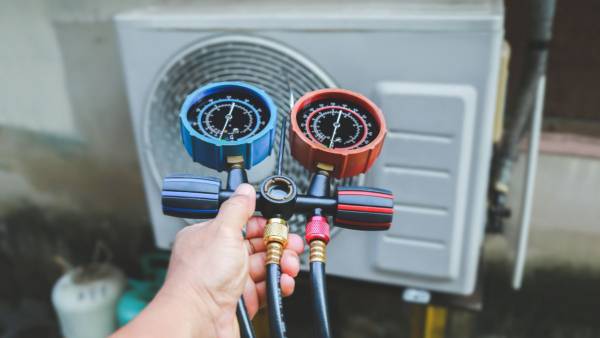

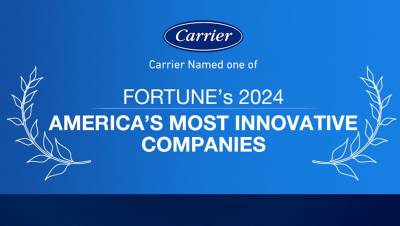


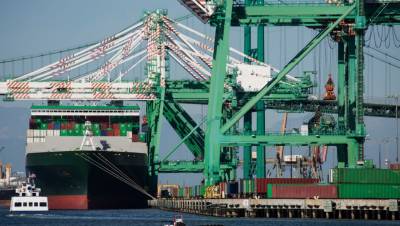










Leave your comment